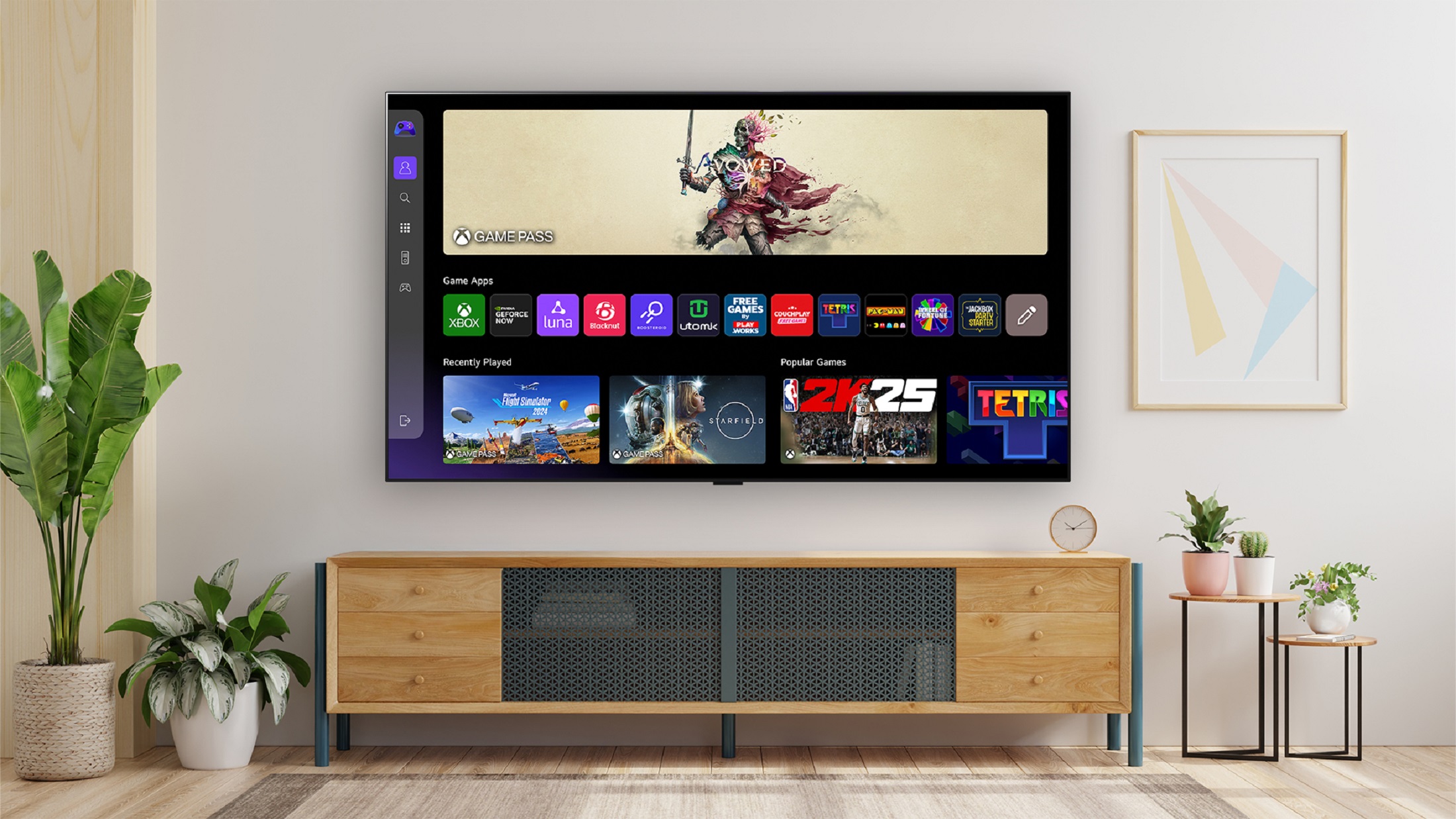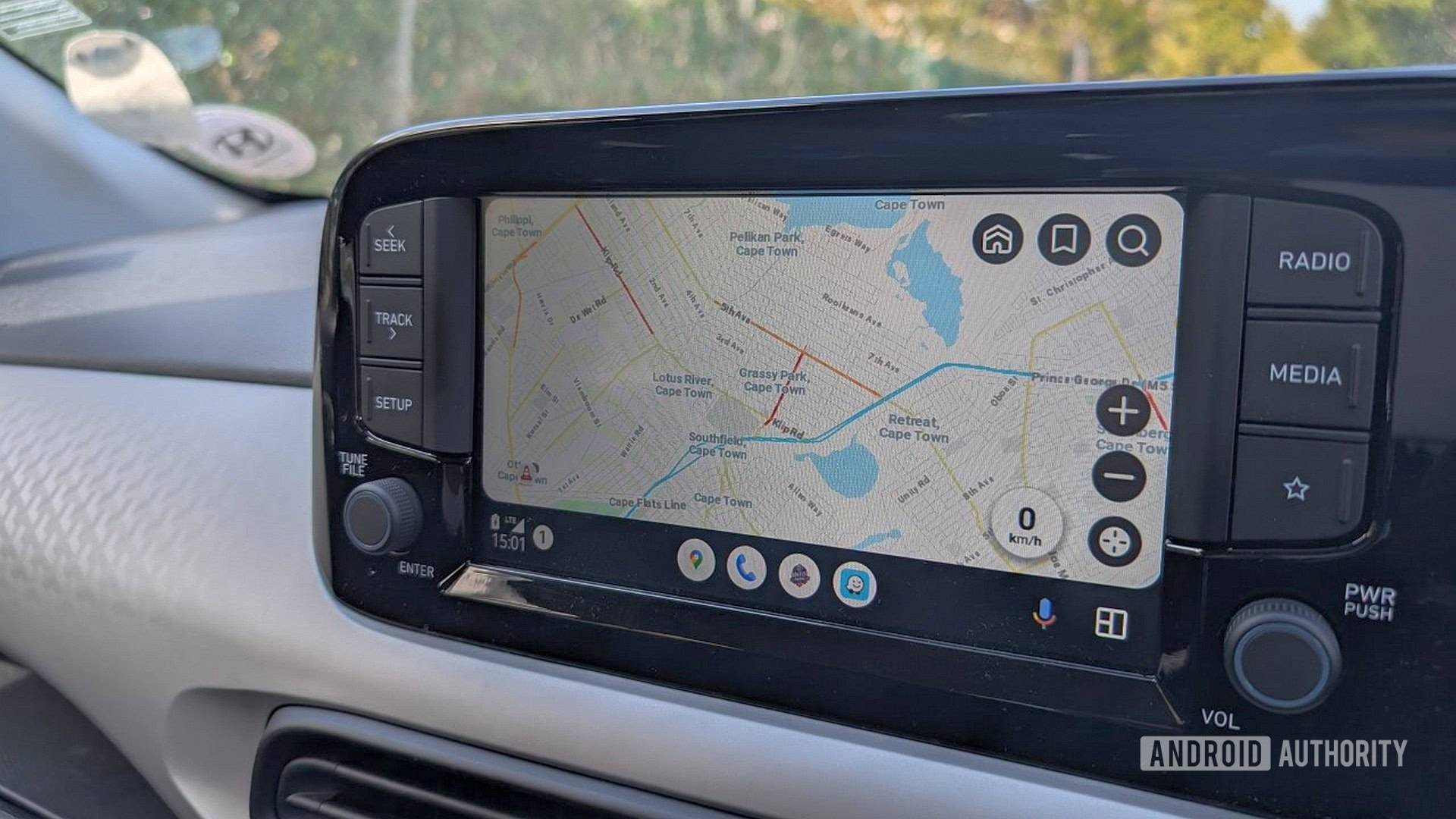Lenovo Unveils Advanced Hyperconverged Infrastructure Solutions with Liquid Cooling Capabilities

In the ever-evolving landscape of technology, Lenovo, a prominent Chinese hardware manufacturer, has made significant strides by announcing their latest hyperconverged infrastructure (HCI) products, dubbed the ThinkAgile HX Series GPT-in-a-Box solutions. These innovative offerings are designed to cater to the growing demand for efficient computing solutions that can support advanced workloads, particularly in the realm of artificial intelligence.
The new models feature powerful Xeon 6 processors, which are specifically engineered to handle robust tasks. Interestingly, Lenovo has introduced the option of utilizing its Neptune Core Module, a state-of-the-art direct liquid cooling device. This technology efficiently channels cold water to a cold plate that is positioned directly atop the CPU, ensuring optimal thermal management even under heavy loads.
Lenovos ThinkAgile HX Series consists of three distinct configurations, each tailored to seamlessly operate HCI stacks from leading software providers such as Nutanix, VMware, and Microsofts AzureStack HCI. This versatility allows organizations to choose the most fitting infrastructure that aligns with their existing systems and operational requirements. All configurations can accommodate various 6th-generation Intel Xeon CPUs, known as Granite Rapids, including powerful 350-watt variants, such as the impressive 86-core and 172-thread model 6787p.
In addition to these features, Lenovos specifications for the ThinkAgile MX650 V4 Hyperconverged Systemspecifically built for AzureStackreveal the availability of several single-socket models that will be produced only upon request. Such a tailored approach reflects Lenovos commitment to meeting individual customer needs while maintaining a high-performance standard.
Another noteworthy aspect of these hyperconverged systems is their capability to support up to ten GPUs. However, due to the considerable size of components like Nvidias H100, only two can be installed simultaneously in each system, thus balancing performance and physical constraints.
HCI solutions are often recognized for their suitability in branch offices or at the network edge. Their combination of software-defined storage and centralized management features simplifies deployment processes, making them less cumbersome compared to traditional hardware setups. However, the introduction of liquid cooling in Lenovos HCI boxes could potentially complicate the value proposition, as it adds another layer of complexity to an already sophisticated product.
Despite this, Lenovos strategic decision to bundle these devices into the GPT-in-a-Box configurations suggests that they are primarily intended for use in formal data center environments. Organizations that already utilize HCI solutions and are looking to scale their operations to accommodate on-premise AI workloads will find these products particularly appealing. While the inclusion of liquid cooling does necessitate additional hardware investments, customers can maintain a familiar software stack and operational environment as they upgrade their technology.
Its also plausible that some of these new boxes will find their way to edge computing environments, as a half-height liquid-cooled rack offers a more manageable deployment option compared to the complexities of a small immersion cooling tank. Overall, Lenovos ThinkAgile HX Series GPT-in-a-Box solutions exemplify a forward-thinking approach to hyperconverged infrastructure, blending high performance with innovative cooling technology.


























